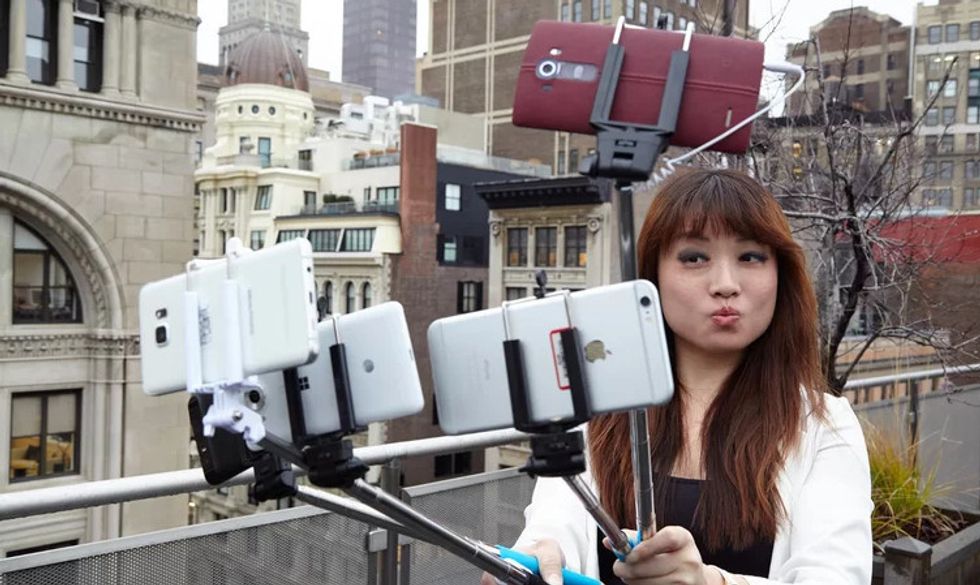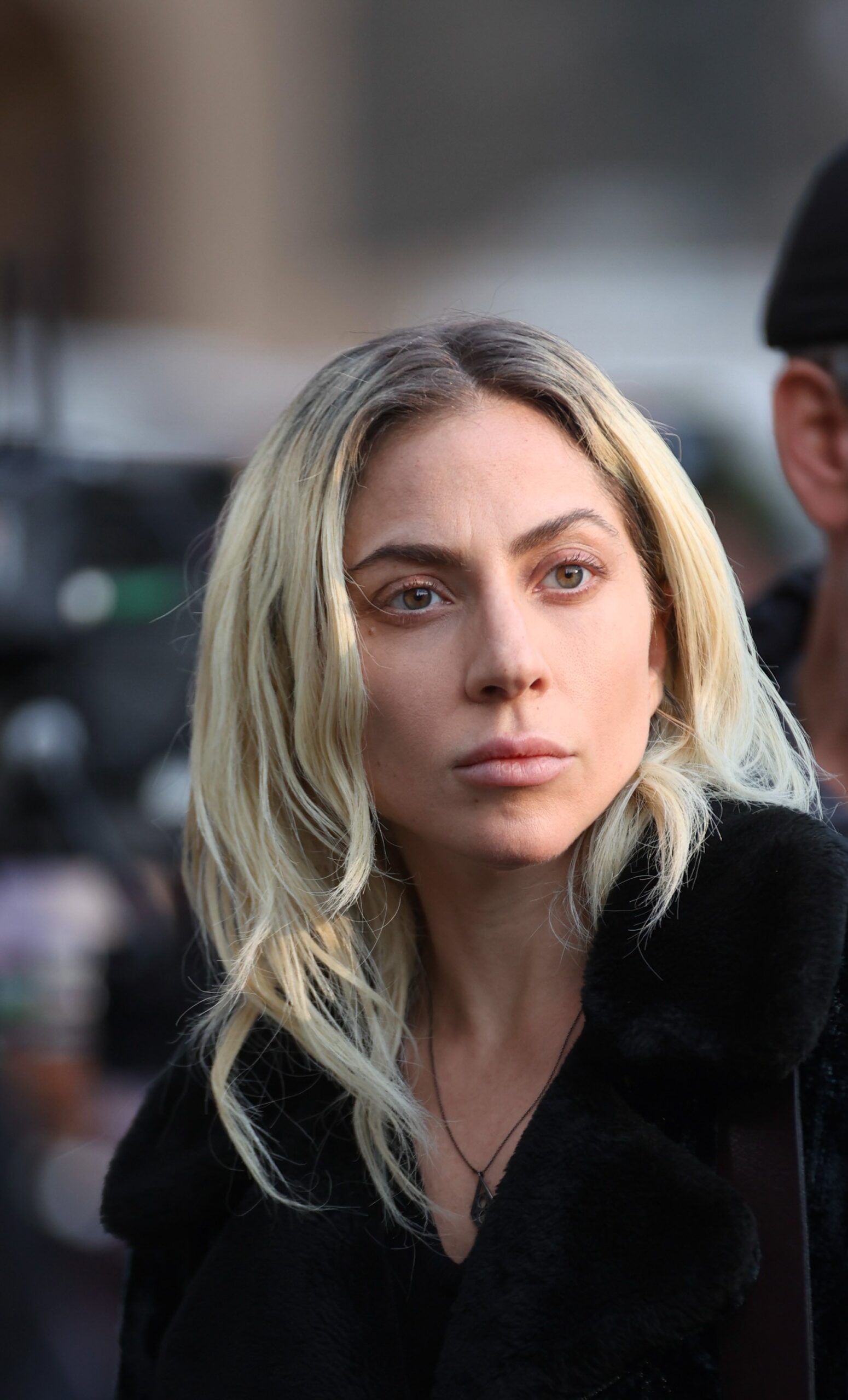October 10th marks the World Health Organization’s (WHO) official observation of World Mental Health Day, with this year’s theme focusing on “Young People and Mental Health in a Changing World.”
In a prelude to this week’s commemoration, Lady Gaga and the WHO director-general Tedros Adhanom co-wrote an op-ed on suicide, stigma, and mental health services for The Guardian. “By the time you finish reading this,” they warn, “at least six people will have killed themselves around the world.”
Gaga and Adhanom opine that “despite the universality of the issue, we struggle to talk about it openly or to offer adequate care or resources.” Indeed, a shameful legacy of social stigma has shadowed mental health sufferers, allowing society to “ostracize, blame, and condemn” them due to a historical lack of tools and understanding. The piece outlines the WHO’s hopes that countries around the world will encourage their citizens to openly discuss psychological issues and open channels for non-judgmental communication and mental healthcare. With Lady Gaga penning a condemnation of the world community that gives less than 1% of global aid to mental health, we can appreciate a public figure using her platform to highlight a crucial social issue — but it’s another diagnosis without a cure.
 Entity Mag
Entity Mag
Millennials, in particular, are very accustomed to discussing their struggles with mental illness, more so than any generation prior. With Selena Gomez recently entering treatment after an “emotional breakdown,” Kanye West announcing he’s off medication, and Demi Lovato publicly struggling with long-term “emotional and physical issues,” there’s a greater issue in the headlines than just the cost of a high-profile life. At least every celebrity blurb about a high profile figure battling mental illness opens another discussion about mental health.
Yet the core of the problem eludes us. While having those conversations makes progress toward destigmatizing psychological issues, various studies of the last year suggest that we still don’t know how to have those conversations, and we might not be fully equipped to handle them when we do.
 CMO
CMO
An assortment of studies in the past year have prefaced the WHO’s focus on young people to highlight that millenials are the “most anxious generation” when compared to their predecessors dating back to the baby boomers (born 1945-64). While it’s easy to malign millennials for their culture of abundance, youth centrism, and self-styling on social media, science has been weighing in that these privileges come at a cost. According to the American Psychological Association (APA), 12% of millennials have received a medical diagnosis of an anxiety disorder. Gaga and Adhanom cite in The Guardian, “One in four of us will have to deal with a mental health condition at some point in our lives,” but they highlight, “Our young people are particularly vulnerable, with suicide being the second leading cause of death globally among 15-29 year olds and half of all mental illness beginning by the age of 14.”
Statistics point to possible causes including lower employment rates, larger student loan debts, and decreased home ownership among millennials. However, other studies on the qualitative stressors on young people note epidemic detriment from “multidimensional perfectionism.” Many millennials are the first to come of age under the unprecedented pressures of social media “to measure up to an ever-growing number of criteria,” aiming for unrealistic perfection in work, school, romance, the arts, and an illustrious online persona. Of course “striving to reach impossible standards increases the risk of anxiety, depression, an eating disorder, and even suicidal ideation.”
 Curious Mind Magazine
Curious Mind Magazine
While open dialogue about psychological issues is the first step to addressing them, we still risk being distracted by the celebrity gossip, the tragic suicide, or the newest controversial study that prompts us. How well we manage those conversations towards productive insights into stress management and coping strategies is the aim of our openness and turning point in improving world mental health. Rather than rumination (which can turn into commiseration) about mental health problems, there is the enduring truth that, “Stress is inevitable. You can either crumble and fall prey to it or ride it out,” as neuropsychiatrist Dr. Era Dutta underscores in his work specializing in millennials’ mental health.
Lady Gaga and Adhanom rally in their essay, “We can all be a part of a new movement – including people who have faced mental illness themselves – to call on governments and industry to put mental health at the top of their agendas.” But we as individuals self-direct our conversations and manage our expectations — we know the diagnosis is too much silence, now how do we handle the cure?
Meg Hanson is a Brooklyn-based writer, teacher, and jaywalker. Find Meg at her website and on Twitter @megsoyung.
- Perfectionism is destroying the mental health of my millennial … ›
- ‘Secret’ About Adulting We Millennials With Mental Illness Are … ›
- Meeting the mental health needs of millennials – The Health Section ›
- A generation on edge: A look at millennials and mental health … ›
- Mental Health Issues and College-Age Millennials | Psychology Today ›
- Why Millennials Are Struggling With Mental Health At Work ›
- Millennials are facing a mental health crisis, and it was entirely … ›
- Millennial Mental Health Statistics | TheThirty ›
- Millennials and Mental Health | NAMI: National Alliance on Mental … ›
- Millennials Are at Higher Risk for Mental Health Issues. This May Be … ›





